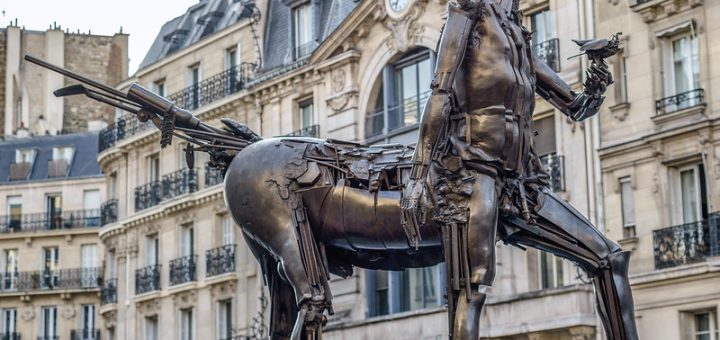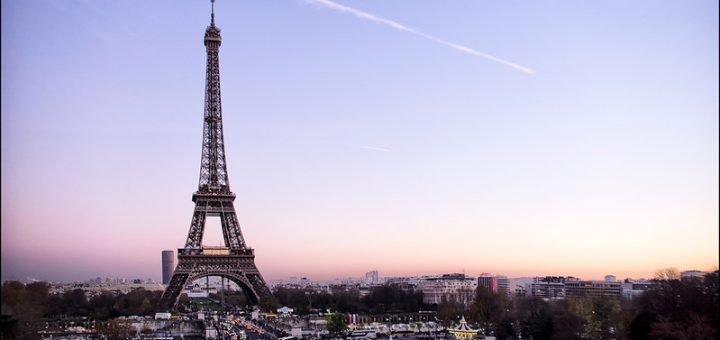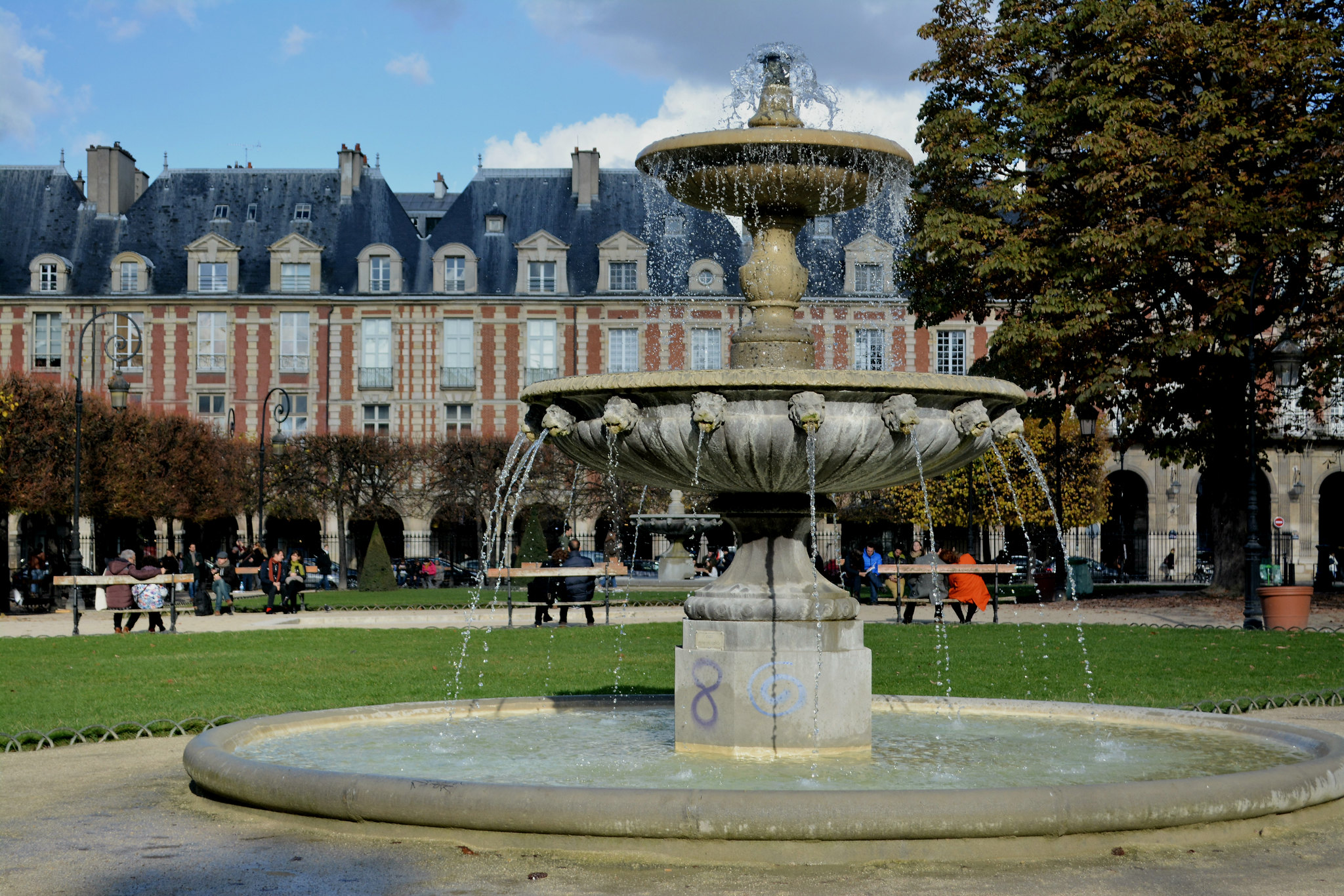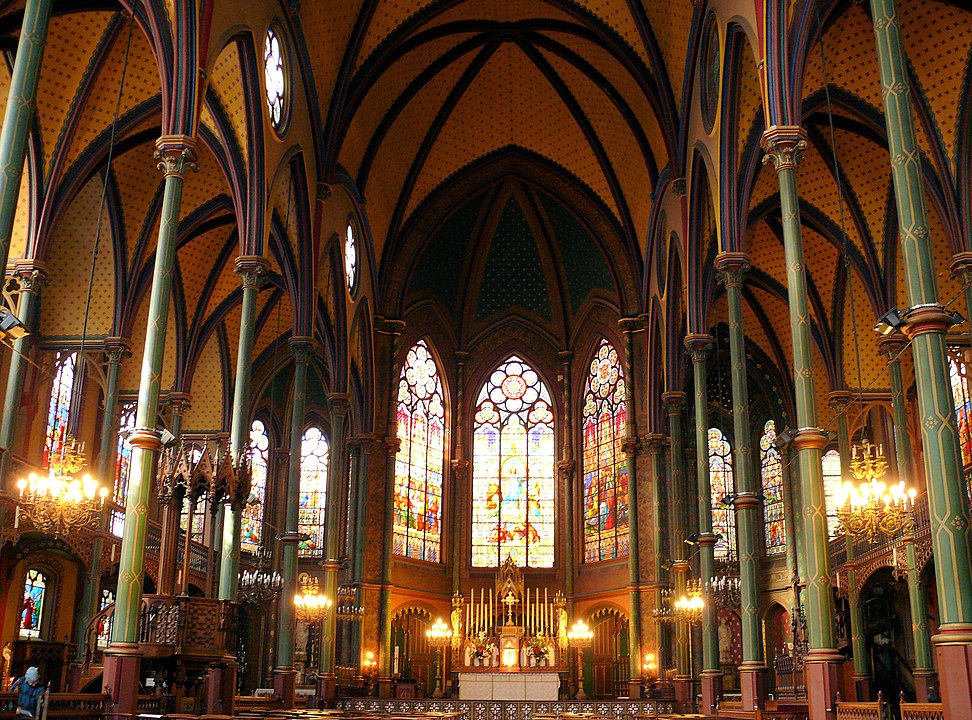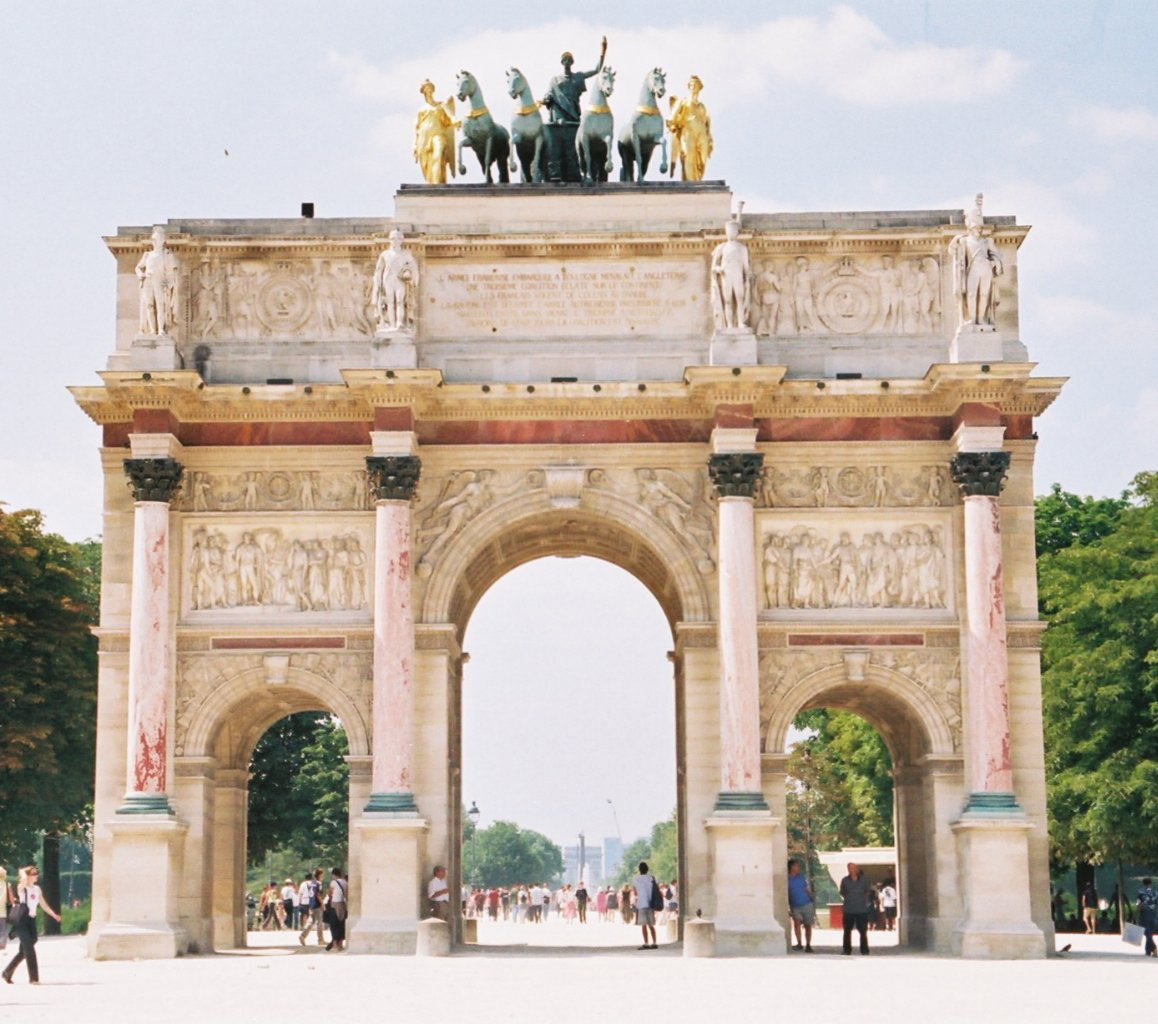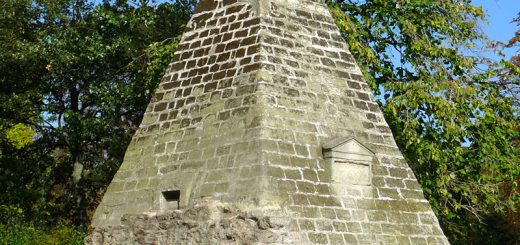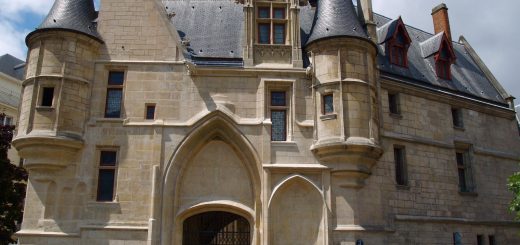The Centaur of Cesar
At the intersection of rue de Sèvres and rue du Cherche-Midi, stands an impressive figure, half man, half horse. This centaur is the work of the sculptor César, very well known in France because he is the author of the trophy rewarding each year the best French film productions.

